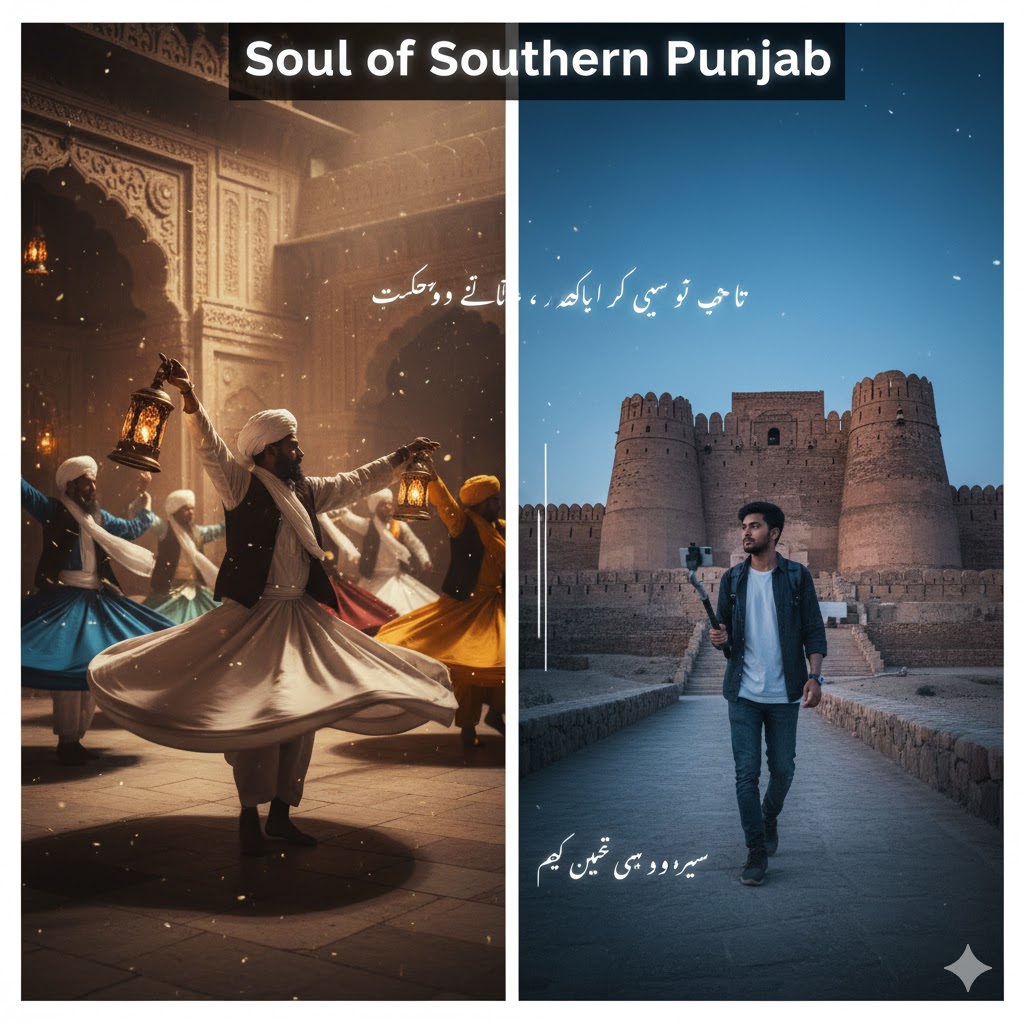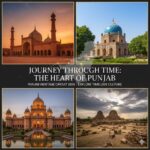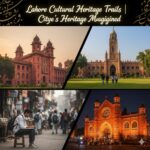Introduction — Where Faith, Art, and Soul Unite
Sufi Tourism Southern Punjab is not just a journey; it’s an awakening of the heart.
This spiritual route takes travelers deep into the land of devotion — where Sufi saints, poets, and followers transformed Punjab into the mystical capital of South Asia.
The air of Multan and Bahawalpur carries centuries of prayers, qawwalis, and poetic echoes that remind travelers of love, tolerance, and divine connection — the essence of Sufism itself.
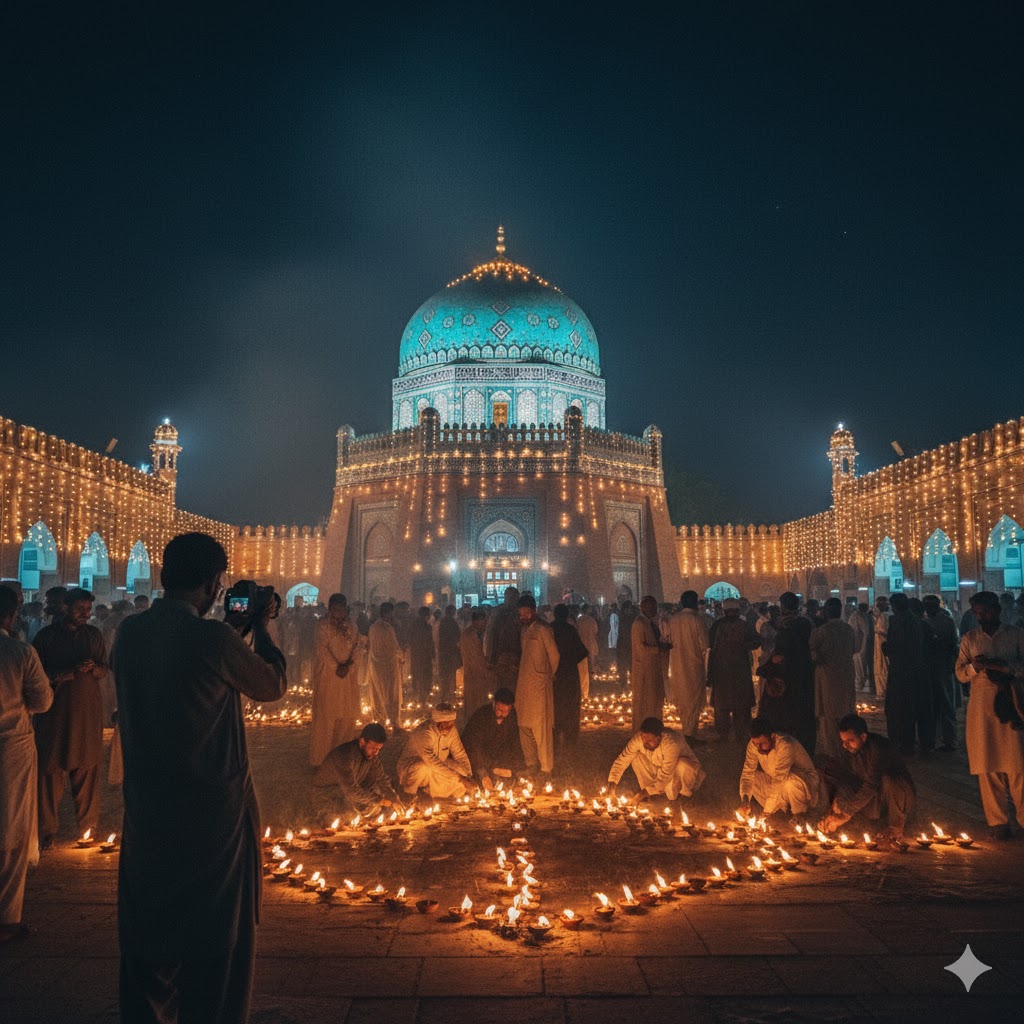
🌿 1. Multan — The City of Saints and Eternal Peace
Known as the City of Saints, Multan is the spiritual nucleus of Sufi devotion in Pakistan. Its skyline, adorned with blue-tiled domes, narrates stories of love and divine union.
- Shrine of Shah Rukn-e-Alam: The city’s most iconic Sufi landmark, blending Tughlaq and early Islamic architecture.
- Bahauddin Zakariya & Shah Shams Tabrez Shrines: Centers for spiritual music and annual Urs festivals.
- Qasim Bagh & Multan Fort: Overlook the city where spiritual and political history intertwine.
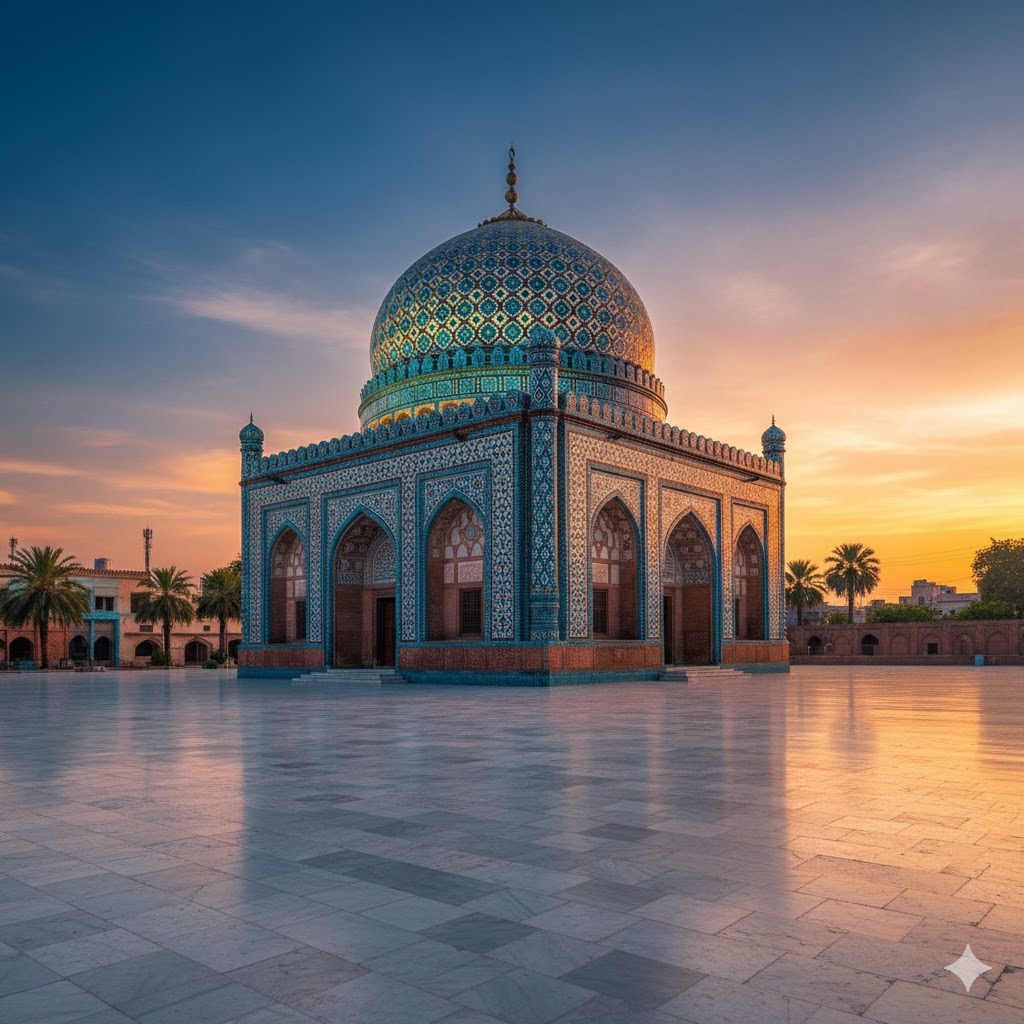
Read more: about the Punjab Heritage Circuit 2026.
Source: Learn more from Pakistan Tourism Development Corporation.
🕯️ 2. Bahawalpur — The Desert of Light and Royal Devotion
Bahawalpur is where Sufi devotion meets royal elegance. The region hosts centuries-old shrines, spiritual poetry gatherings, and grand desert celebrations of love and unity.
- Shrine of Uch Sharif: A UNESCO-listed complex housing Bibi Jawindi’s tomb, an architectural marvel with glazed blue tiles.
- Derawar Fort & Cholistan Desert: Serve as the backdrop for desert Sufi nights featuring dhamaal and poetry.
- Noor Mahal: Though royal, its corridors echo with tales of devotion and artistic patronage.
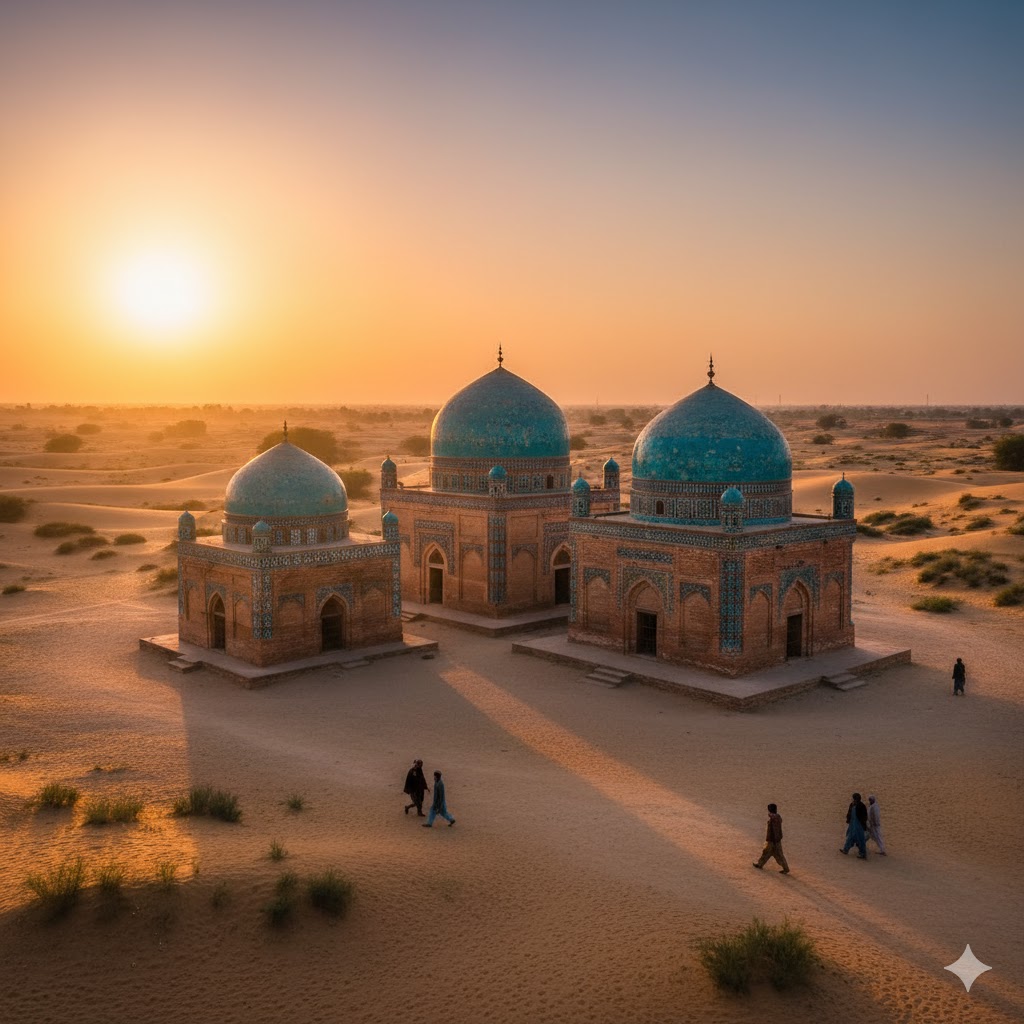
Source: Explore the UNESCO page on Uch Sharif Monuments.
🎶 3. Uch Sharif — The Cradle of Sindh-Punjab Sufi Fusion
Located at the confluence of the Indus and Chenab, Uch Sharif is a sacred junction of Sufi thought and artistic expression.
It was home to legendary saints like Bibi Jawindi and Jalaluddin Surkh-Posh Bukhari, who bridged Sindhi and Punjabi traditions.
Travelers often describe Uch Sharif as an open-air museum of Sufi architecture, blending Persian calligraphy, floral motifs, and mystical inscriptions.
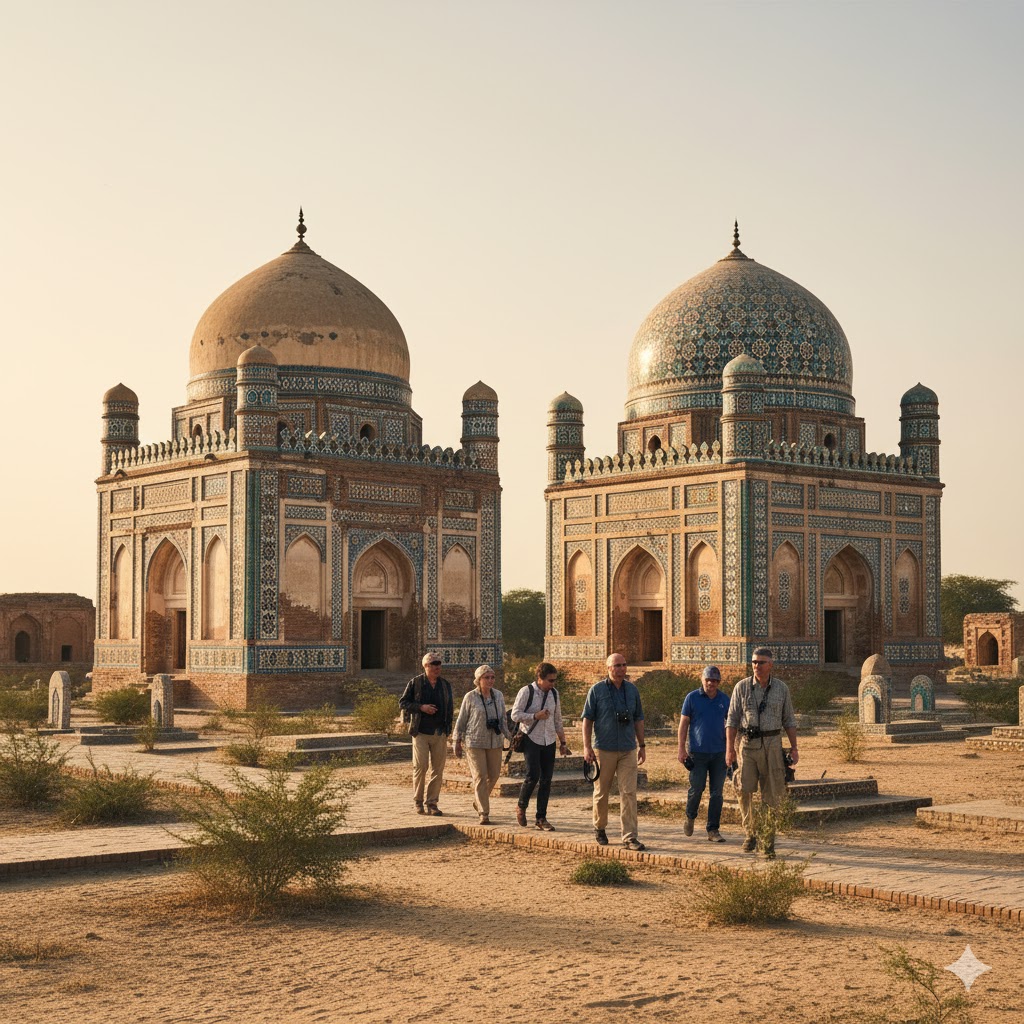
🪔 4. Festivals, Urs, and Cultural Rhythms
Each shrine in Southern Punjab celebrates Urs, a death anniversary that marks a saint’s spiritual union with the Divine.
These festivals are an explosion of music, poetry, and faith — where qawwals sing verses of Rumi, Bulleh Shah, and Shah Latif.
- Multan Urs Festival (March): The city glows with thousands of lamps and spiritual music.
- Cholistan Desert Cultural Nights (February): Sufi trance and folk dance against moonlit dunes.
- Bahawalpur Spiritual Retreats: Held in winter, these attract pilgrims from around the globe.
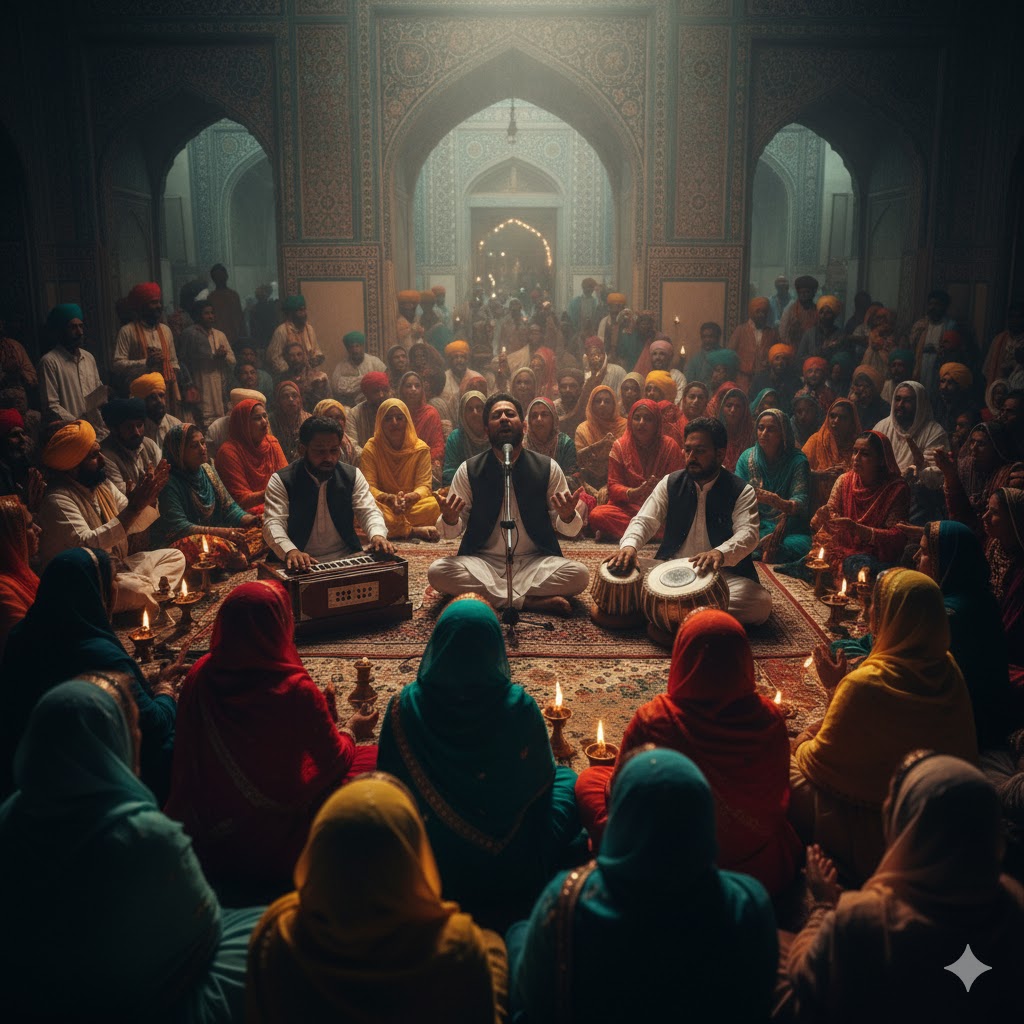
🏛️ 5. Architectural Harmony of Shrines
The shrines of Southern Punjab reflect the fusion of Central Asian, Persian, and local Punjabi design.
From glazed turquoise tiles to floral calligraphy and pointed domes, every structure represents divine beauty through art.
Notable highlights:
- Rukn-e-Alam Shrine’s dome — second-largest in South Asia.
- Uch Sharif’s minarets — adorned with Quranic verses in Kufic script.
- Bahauddin Zakariya’s tomb — merging Persian motifs with native craftsmanship.
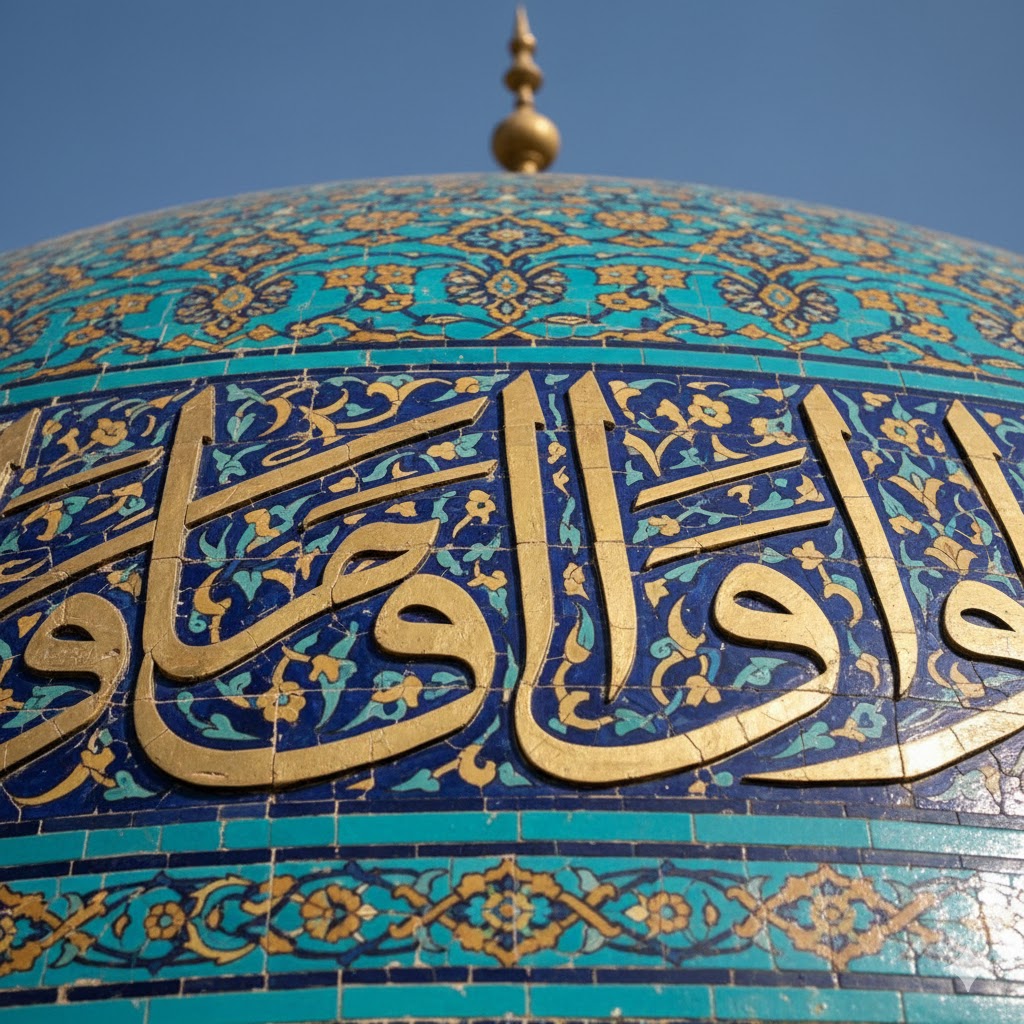
✨ 6. The Spiritual Experience — Beyond Tourism
Sufi tourism is about connection, not sightseeing.
Travelers often meditate, attend evening dhamaal sessions, or listen to qawwali performances that ignite spiritual reflection.
In a world of noise, Southern Punjab’s shrines whisper peace — inviting all souls to reconnect with their Creator.
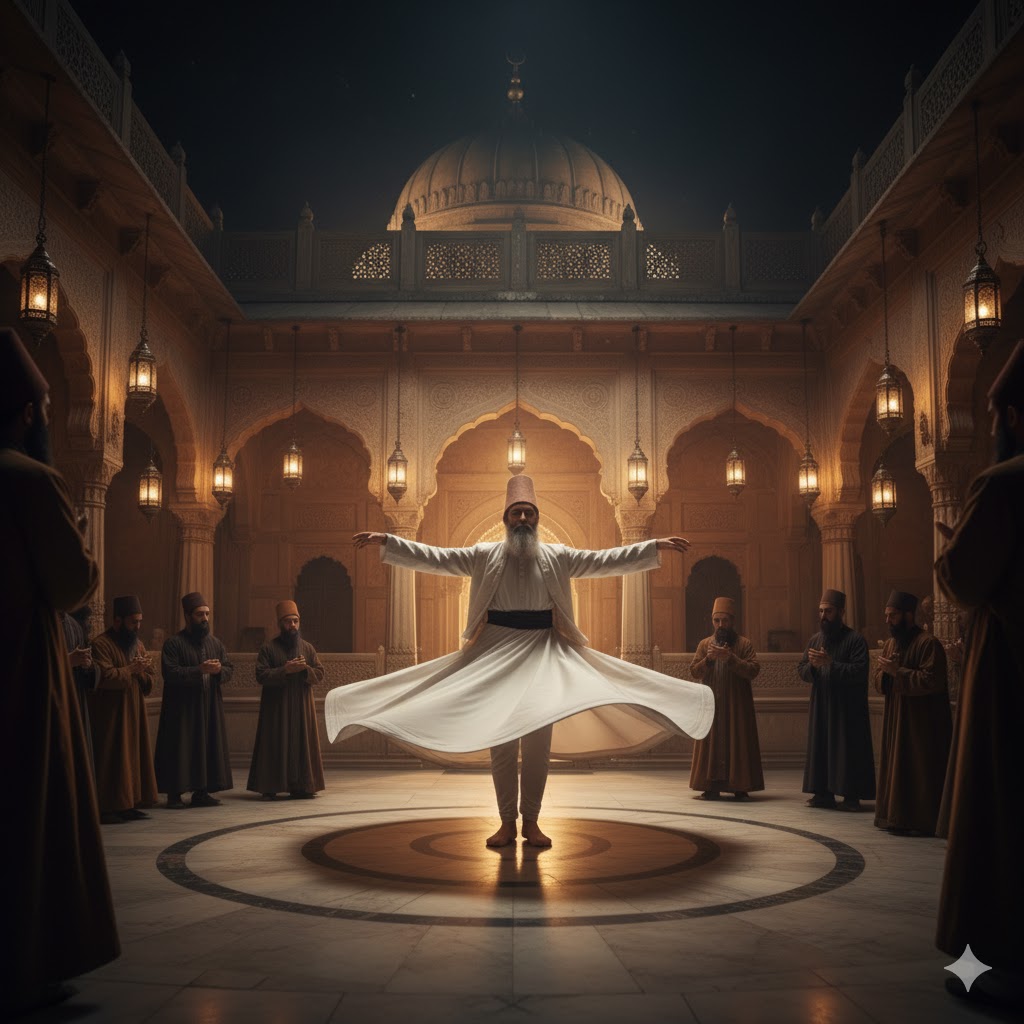
📅 7. Best Time to Experience Sufi Tourism in Southern Punjab
The best time to visit is November to March, when weather is moderate and most festivals take place.
Avoid peak summer (May–July) due to high temperatures exceeding 45°C.
Winter nights in the desert offer cool breezes perfect for cultural nights and open-air dhamaal gatherings.
🧭 8. Suggested 5-Day Itinerary
| Day | Destination | Highlights |
|---|---|---|
| 1 | Multan | Shah Rukn-e-Alam Shrine, Multan Fort |
| 2 | Uch Sharif | Bibi Jawindi Tomb, Jalaluddin Bukhari Shrine |
| 3 | Bahawalpur | Noor Mahal, Derawar Fort |
| 4 | Cholistan Desert | Dhamaal night, camel safari |
| 5 | Return to Multan | Qawwali night and local crafts bazaar |
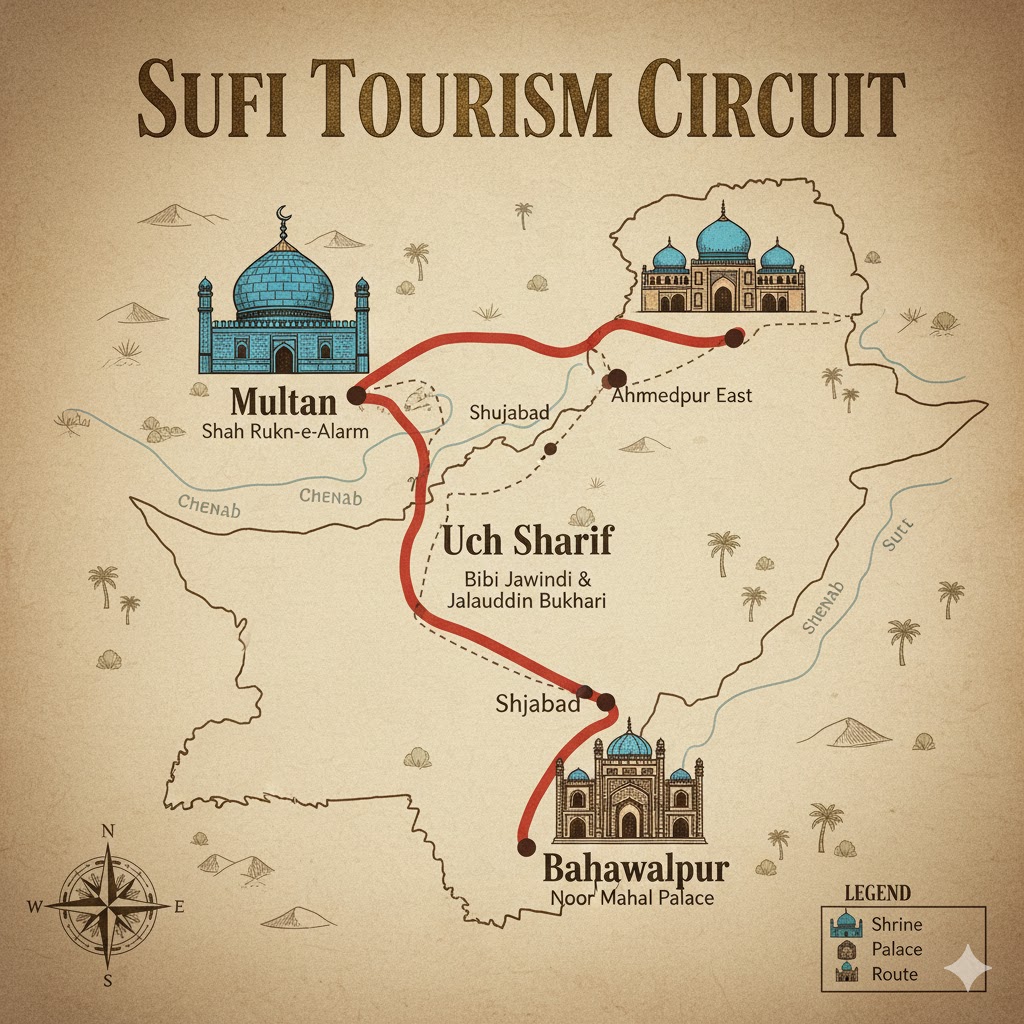
Traveler Guide — The Living Soul of Punjab
Sufi Tourism in Southern Punjab (2026) is a soulful experience that transcends religion and history.
It connects people across time, reminding us that love, humility, and tolerance are the true messages of faith.
From Multan’s domes to Uch Sharif’s tombs, the echoes of devotion continue to call travelers seeking inner peace.
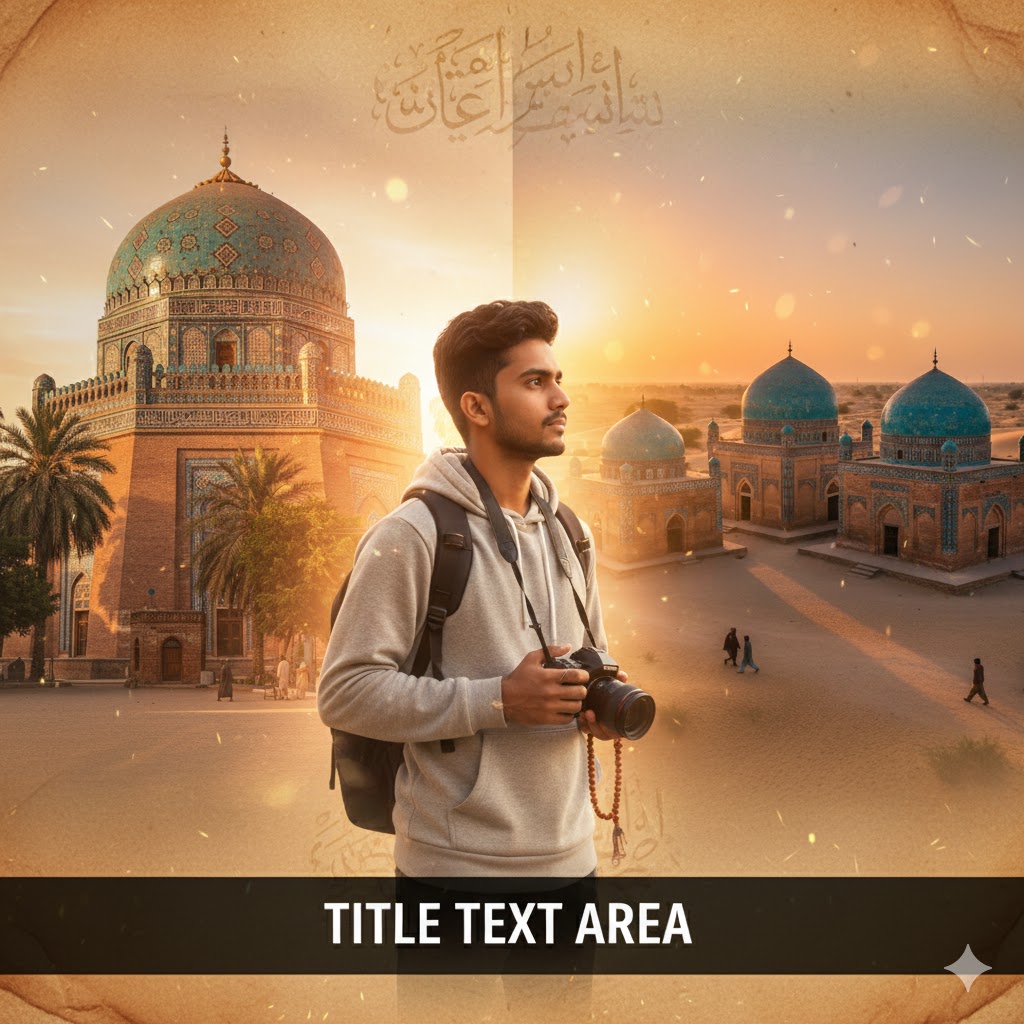
💭 FAQs — Sufi Tourism in Southern Punjab (2026)
Q1. What is Sufi tourism in Pakistan?
Sufi tourism focuses on visiting spiritual and historical shrines of saints, experiencing qawwali, and learning about Sufi traditions of love and devotion.
Q2. Which cities are central to Sufi tourism in Southern Punjab?
Key cities include Multan, Bahawalpur, and Uch Sharif, each home to centuries-old shrines and Sufi cultural events.
Q3. Are non-Muslims allowed to visit these shrines?
Yes. All visitors are welcome as long as they observe local etiquette — modest clothing, removal of shoes, and respect during prayers.
Q4. What are Urs festivals?
Urs festivals are annual celebrations commemorating the death anniversary of Sufi saints, marked by music, prayer, poetry, and communal meals.
Q5. How can travelers reach Multan or Bahawalpur?
Both cities are accessible via Multan International Airport and motorway connections from Lahore, Karachi, and Islamabad.
Q6. What should travelers wear when visiting shrines?
Wear modest, loose clothing covering arms and legs. Women may carry scarves, and men should avoid shorts.
Q7. Is it safe for solo travelers?
Yes. Southern Punjab’s shrine regions are safe and welcoming, with locals offering hospitality and guidance to travelers.
Q8. Can I photograph inside shrines?
Photography is generally allowed outside the main prayer areas, but always ask for permission before photographing people or rituals.

